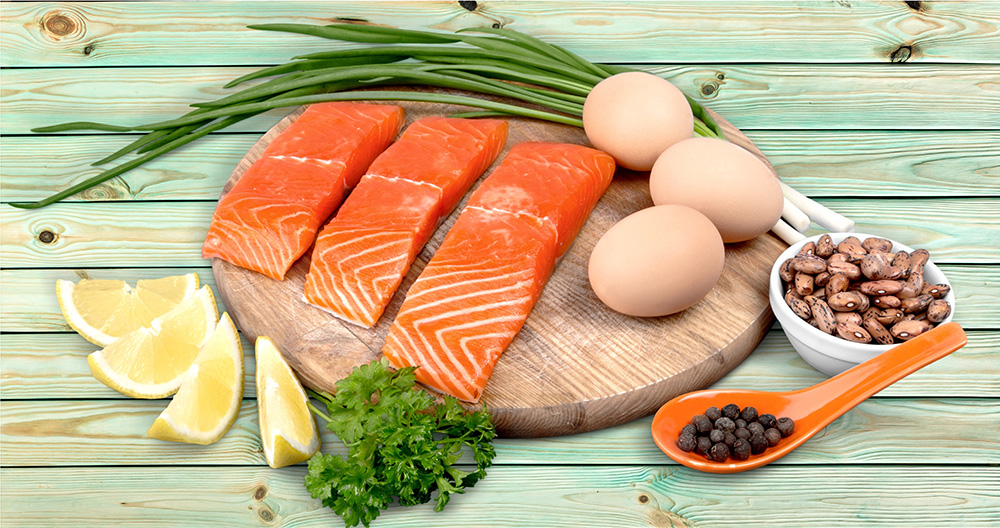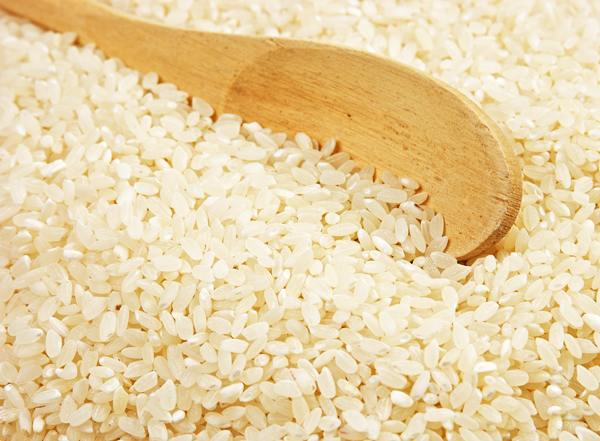Ever since I started having mystery digestive issues about 8 or 9 years ago now, I began researching all the […]
Currently browsing: Diets
The Heal Your Gut Cookbook: Based on the GAPS Diet
August 3, 2017
Liz B
Books, Diets, Digestive Issues, GAPS Diet, Products I Recommend
No comments yet
This is my all-time favorite cookbook thus far. I purchased it because with all of the strange, persistent bloating, the […]
Rice – a Low or High Glycemic Food?
Glycemic Index is a measure of how quickly one’s blood sugar rises after eating a particular type of food. Many people on […]
About Low Carb Diets and How They Work
Low-carb diets greatly reduce your blood levels of insulin, a hormone that brings the glucose from the carbs into cells. […]
Categories
- Age Spots
- Aging
- Alpha-Lipoic Acid
- Alzheimer's
- Anti-Depressants
- Anxiety
- Appreciating Healthy Food
- Articles/Excerpts
- Artificial Sweeteners
- Attachment
- Ayurveda
- Ayurvedic Teas
- Birth Control
- Bladder Infections
- Blueberries
- Books
- Breakfasts
- Breathing
- Brussels Sprouts
- Buddhism
- Caffeine
- Caregiving
- Coffee
- Consciousness
- CoQ10
- Creative
- Creativity
- Death
- Depression
- Detox
- Detoxify
- Diets
- Digestive Issues
- Eating Raw
- Emotions
- Entrepreneurship
- Essential Oils
- Events
- Fear
- Folate
- Fruit
- GAPS Diet
- General
- Genetics
- Glycemic Index
- Grains
- Health
- Herbs
- Hiking
- Hmong Recipes
- Home Remedies
- Identity
- Infections
- Insights
- Intuition
- Juicing
- Lifestyle
- Love
- Love
- Low-Carb
- Low-Carb Cookin'
- Magnesium
- Mediterranean Diet
- Mental Health
- Metabolism
- Mindfulness and Meditation
- Obesity
- Omega-3 Fatty Acids
- Out of Body Experiences
- Parents
- Phoenix Europa
- Physical Fitness
- Phytonutrients
- Poetry
- Probiotics
- Products I Recommend
- Protein Powders
- Protein Powders
- Q&A
- Quinoa
- Quotes
- Recipes
- Recipes
- Reflections
- Relationships
- Salads
- Seeds
- Self-Improvement
- Side Dishes
- Skin Care
- Slider
- Smoothies
- Social
- Soups
- Spirituality
- Supplements
- T-Shirts
- Tech
- Teenage Years
- Teeth
- The Paleo Diet
- Thoughts and Reflection
- Toothpastes
- Travel
- Twin Flames
- Ubiquinol
- Uncategorized
- Under 20 mins
- Using a Pressure Cooker
- Vegetables
- Vitamin E
- Vitamins
- Wisdom
- Women
- World
- Writing
Tags
anti-depressants
anxiety
awareness
ayurveda
clarity
consciousness
contemplation
dan millman
depression
diet
Diets
digestion
ego
energy
fear
Fruit
gastroparesis
health
healthy
herbs
home remedies
IBS
Internet
kale
letting go
lifestyle
Love
Marketing
meditation
mental health
mind
mindfulness
nutrition
path
probiotics
prozac
quinoa
quotes
Recipes
self-awareness
self-improvement
soups
spirituality
Supplements
under 20 mins



